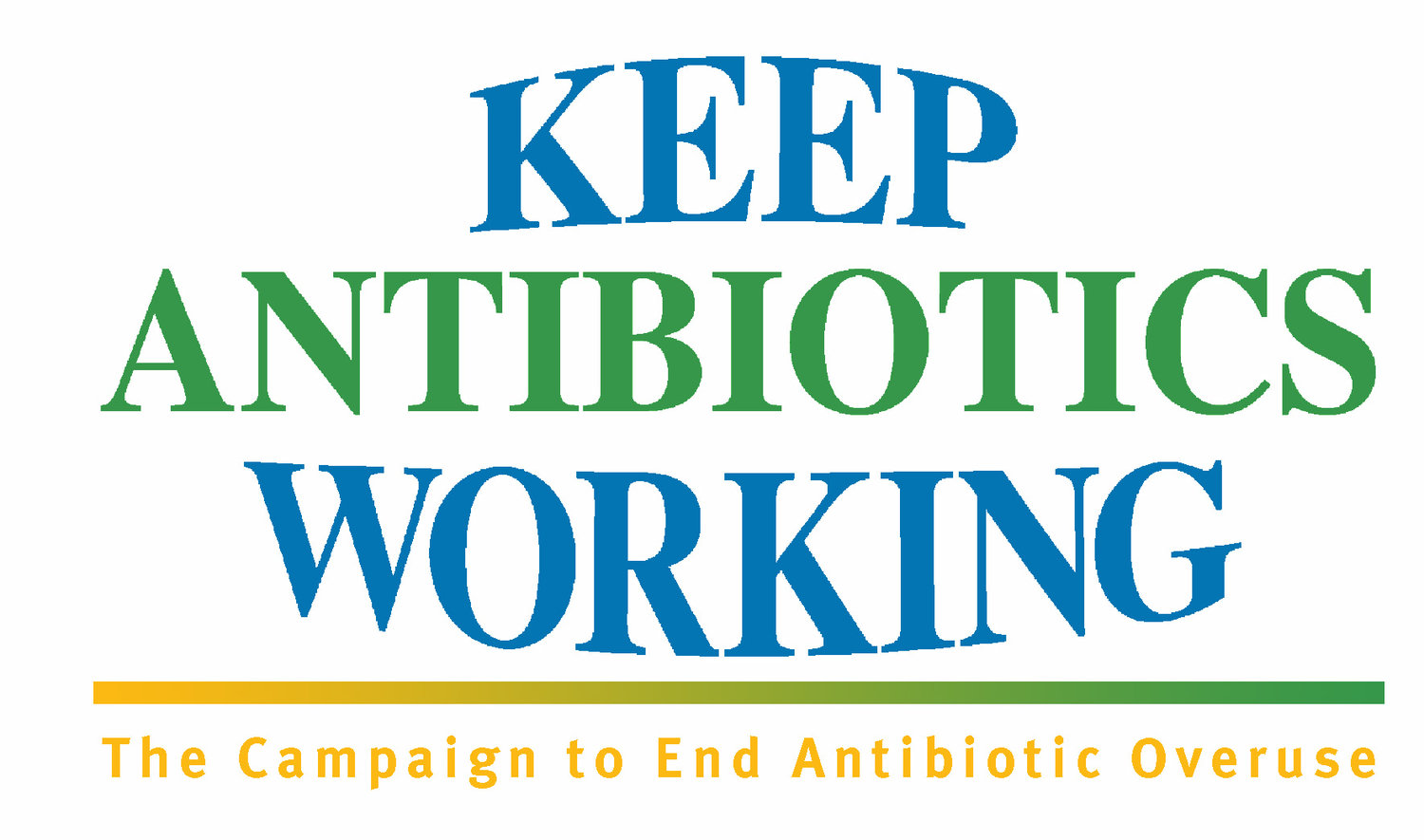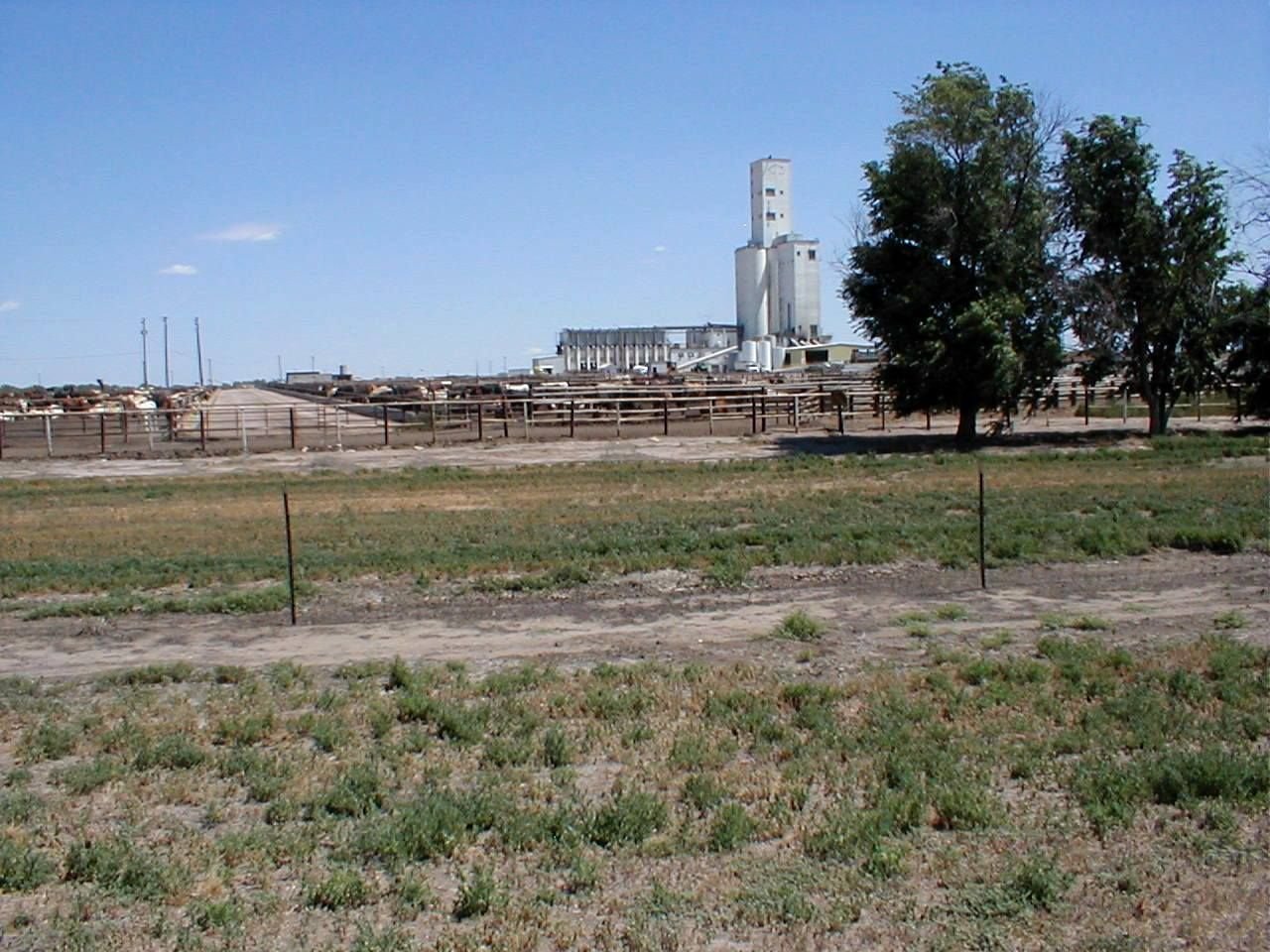Feed Mills and Antibiotic Use Data
STEVE ROACH , SAFE AND HEALTHY FOOD PROGRAM DIRECTOR, FOOD ANIMAL CONCERNS TRUST
Feed mills could be an important source of how antibiotics are used on farms. Sales of antibiotics for use in feed are the highest of all sales in the US, outstripping sales in human medicine. Existing Food and Drug Administration (FDA) rules require feed mills to keep records of the amount, reason for use, and the animals receiving them. The rules also require feed mills to make these records available to the agency for inspection and copying. What is lacking is a willingness by the FDA to actually go out and collect these records.
For decades, federal agencies have recognized the need to collect data on how and why antibiotics are used in food-producing animals. Data is needed to better understand the link between use and resistance, measure efforts to stop overuse, and to identify areas where antibiotics are being overused. Despite the clear need, state data collection programs, pilot studies, and much research on how it could be done, we are no closer to having a federal system in place to collect these vital data.
Instead, we have a patchwork of programs that are completely insufficient. FDA collects sales data from drug makers but these data do not indicate how the drugs are used. Because a single drug can be used for many different purposes and the sales data rely on drug companies to estimate which animals are receiving the antibiotics, it is impossible to elucidate specific drug uses in the animals. The U.S. Department of Agriculture surveys farms on how they use antibiotics but these surveys are voluntary, are plagued by low turnout, do not actually collect information on how much antibiotics are being used, and poorly describe why antibiotics are used.
FDA should build a system to comprehensively collect data from the firms that manufacture and distribute animal feeds with medically important antibiotics mixed into them. Medically important antibiotics are antibiotics that are the same as or related to antibiotics used in human medicine. FDA should report these data, no less frequently than every two years and the data should be integrated into the FDA’s annual reporting of antibiotic sales for use in food animals, which occurs in December of each year.
This could start as a sampling program that targets areas of food-animal production known to have high levels of use of medicated feeds, such as swine and cattle production, but where little public information is currently available. Soon, however, the aim should be comprehensive collection and analysis of these data. Ideally, the FDA’s data collection efforts should include the collection from veterinarians or from animal feeding operations of antibiotic prescription information in order to capture the 35% of antibiotics administered in water and by injection as well.
■ These data would provide the best available information on how and why most medically important (MI) antibiotics sold in the United States (by volume) are being used. The latest FDA data indicates two-thirds of all MI antibiotic sales nationally are for poultry or livestock; of these 65% are sold as additives to animal feed, which are then given to entire flocks or herds of animals. There is no on-farm tracking of how these drugs are currently used.
■ This action relies on existing FDA authority and the needed data is already available to the FDA. FDA rules prohibit shipping feeds that contain MI antibiotics without a veterinarian’s order (“veterinary feed directive” or VFD) and require feed mills to keep and make available for inspection both the VFDs and records of the feed distributed for two years. The combination of feed records and VFDs will provide information on the amount of antibiotics delivered to farms along with the reason for use - both critical pieces of information not supplied by current data collection systems. Veterinarians are also required to maintain records of VFDs written by them.
■ Under state law, regulators are collecting and analyzing feed mill data in California and Maryland. However, a federal approach is preferable for public health protection since medicated animal feeds are distributed across state lines and the integration of these data with antibiotic use and resistance data from other settings should take place at a national level.
The FDA and USDA have spent two decades trying and failing to create a voluntary system for the collection of data on antibiotic use in food animals. FDA should use its existing authority to begin collecting these data from feed mills and stop hoping for someone else to close the data gap.

